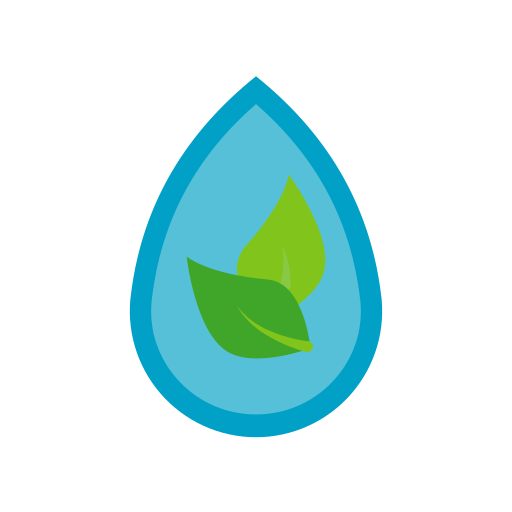HISTORY
EDIPSOS: Waters with Healing Properties
Since antiquity, Edipsos has been known for its beneficial subsoil and especially for its hot thermal springs and it has been known since the time of Aristotle 384-332 BC. Edipsos is mentioned as the "Ellopia" of the Ionians in the "Histories of Herodotus". It is also mentioned in Aristotle's "Meteorology", in Pliny's "Natural History", in Strabo's "Geography", in Plutarch’s "In Edipsos of Evia". Edipsos was also called Lipsi, in folk tradition, and Alexandros Moraitides used to call it Lyssos. All of the above is just a long historical reference to the same city, the spa town of Edipsos. It remains unknown when and by whom it was built. However, it is certain that the thermal water was known before the 4th century BC, since according to Strabo's descriptions, it was named "Therma Heracleous".


The first Hot Springs
The unique healing properties of the waters were a source of inspiration for mythology. An ancient Greek legend says that the goddess Athina asked her brother Hephaestus to create the baths of Edipsos, so that her favorite hero Hercules could rest there after every feat.
Its name, according to the ancient lexicographer Stefanos, refers to the meaning of treatment of human genitalia.
It is also reported that the goddess Hera advised Deucalion and Pyrrha to bathe in the warm waters of the springs, in order to have many strong children. After a while, they gave birth to the Greek, the ancestor of the Greek tribes. The spa town flourished in Roman times (100 BC-100 AD). The Roman general Sulla created the first baths here and organized banquets.
Live your own myth of relaxation and rejuvenation.

Hot Springs


